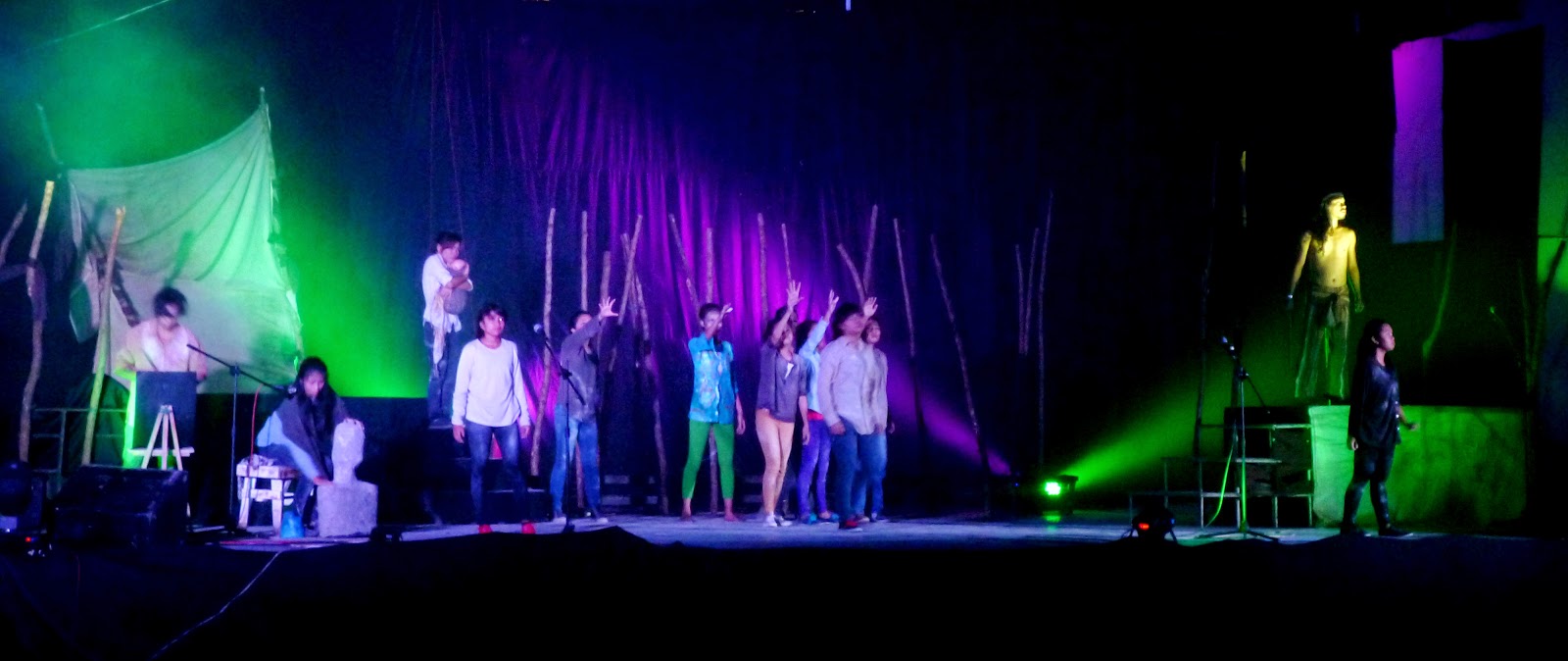Young leaders consisting of pupils and students from different schools division in the Bicol Region gathered for the 2015 Regional Leadership Congress for Supreme Pupil and Supreme Student Government Officers and Leaders at Ligao City on February 26-28, 2015.
 |
| Young leaders from different division in Bicol gathered during the Congressman's Night on 27 February 2015. |
With the theme, “Responding to the Needs of Adolescent Issues and Concerns; Equipping Leaders’ Skills in Reaching Out to Peers,” the young leaders, guided by their teachers, share and discuss best leadership practices of effective leaders.
The leadership congress is an annual gathering of elected Supreme Pupil Government (SPG) officers and Supreme Student Government (SSG) officers of the current school year. This event is also a venue for pupils and students to develop their knowledge and skills as future leaders of their localities and of the country.
“Leaders are prime movers of the future,” said Congressman Fernando V. Gonzalez on February 27 during the Congressman’s Night. He further said,
“Without leaders, where shall we go? we would know where to go, how to proceed, and how to do things a little better, which where people like you who take the lead to take the initiative, to take the sacrifice, to be able to come up and to lead people to watch progress and to watch improvement of our educational systems in our schools.”
 |
| Congressman Fernando V. Gonzalez on young leaders: "Leaders are prime movers of the future" |
The participants of the leadership congress consist of 715 delegates from 13 divisions in the Bicol region.















